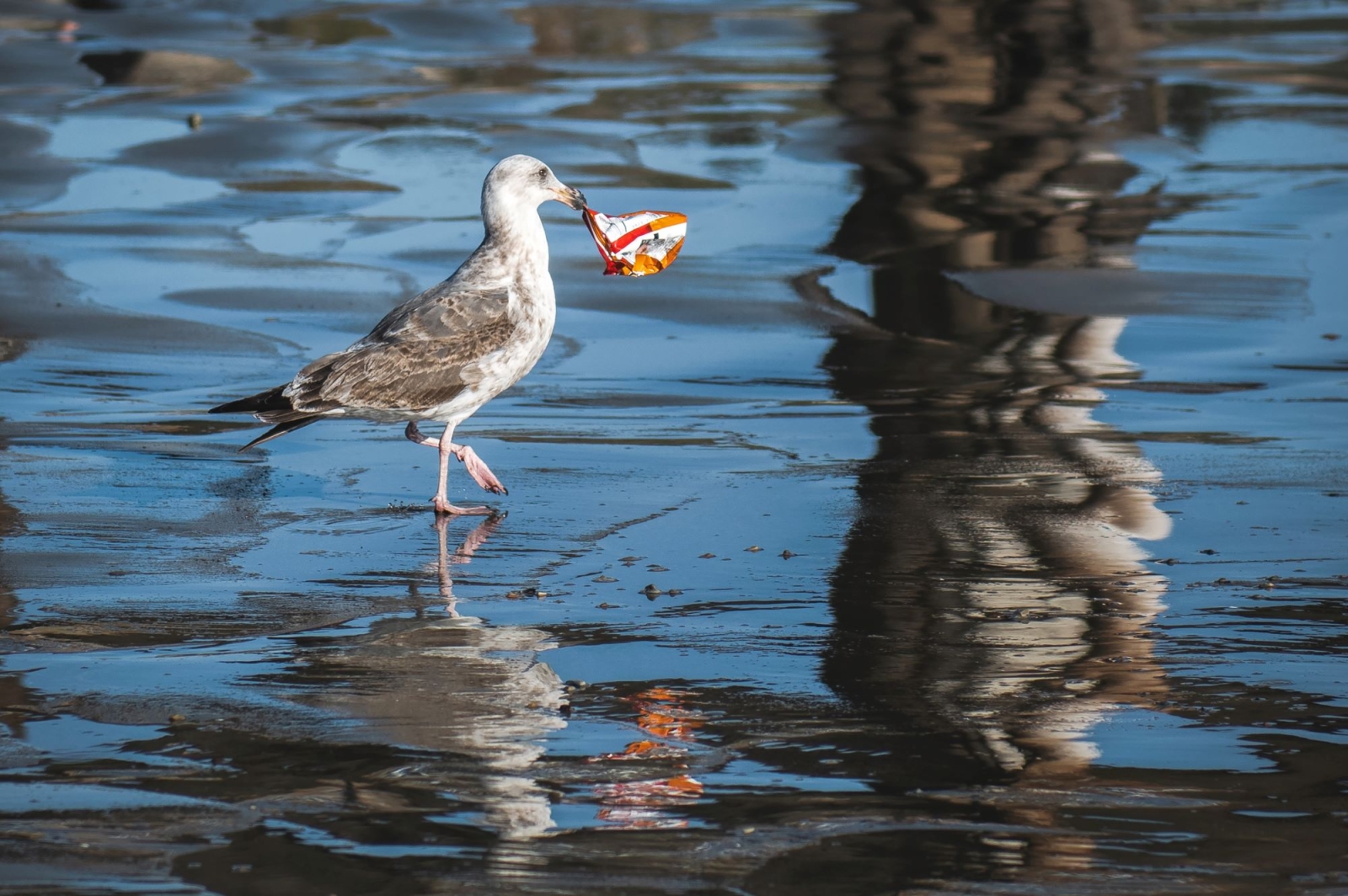UNESCO's Intergovernmental Oceanographic Commission recently published ten White Papers addressing specific challenges of the Decade of the Ocean. These papers represent a collective effort to develop the science necessary to ensure that by 2030 the ocean is healthy and resilient, safe, clean, productive, accessible, predictable, and inspiring and engaging.
Ten challenges over ten years that aim to engage public and private partners, academies, and research institutions at local, regional, national, and global levels to reverse the cycle of decline affecting our seas. A group of twenty co-chairs and more than 150 experts worked for a full year, examining current needs, analysing data, and identifying gaps in ocean science. Renewable Matter decided to explore these ten challenges in a series of ten articles, each dedicated to one of the White Papers.
The White Papers of the Ocean Decade
The White Papers, published as part of the Vision 2030 project, aim to develop a clear, shared ambition to address ocean-related challenges by 2030. They provide a detailed examination of the resources, infrastructure, partnerships, developments, and technologies needed to achieve the set of goals. The policy recommendations are designed to ensure that these challenges are effectively addressed, paving the way for a sustainable future for our oceans.
The challenges, which represent the most immediate and pressing priorities to be addressed, are: understand and beat marine pollution (WG1), protect and restore ecosystems and biodiversity (WG2), sustainably nourish the global population (WG3), develop a sustainable and equitable ocean economy (WG4), unlock ocean-based solutions to climate change (WG5), increase community resilience to ocean hazards (WG6), sustainably expand the Global Ocean Observing System (WG7), create a digital representation of the ocean (WG8), skills, knowledge, technology and participatory decision-making for all (WG9), restoring society’s relationship with the ocean (WG10).
The first White Paper: marine pollution
The first White Paper on marine pollution was authored, along with a team of other experts, by Dr. Vanessa Hatje, Professor in chemical oceanography at the Federal University of Bahia, Brazil, and Dr. Rosemary Rayfuse, Emerita Scientia Professor in International Law at UNSW Sydney, Australia. According to the United Nations Convention on the Law of the Sea, pollution of the marine environment is defined as any substance or energy introduced by humans, directly or indirectly, into the marine and estuarine environment, which may cause harm to marine life, pose a risk to human health, impair water quality, or interfere with marine activities. As Rayfuse stated in a UNESCO-hosted webinar on Vision 2023, "Our challenge is to understand and map land and marine sources of pollutants and contaminants, their potential impacts on human health and ocean ecosystems, and to develop solutions to remove or mitigate them."
The main sources of marine pollution originate from land-based activities such as agricultural, urban, and domestic discharges, as well as mining and industrial operations. However, pollution can also stem from marine activities such as aquaculture, shipping, and atmospheric sources. The list of potential pollutants is extensive and ever-expanding. Some of the most common include chemicals, plastics, biologically active materials, as well as light and noise pollution. As Dr Rayfuse notes, "Today, we have substances like caffeine and sunscreens which are emerging as pollutants. But what's really important is the actual or potential impact that the introduction of a substance has on marine ecosystem services and functions, and how that affects humans and their health."
Six key actions to counter marine pollution
To understand and address marine pollution, the paper proposes six key actions. The first is to fill the knowledge gaps and lack of data on pollutants, which are particularly critical in areas of the Global South. Currently, much of the available information covers only a narrow range of pollutants in the coastal areas of the Global North, while knowledge about pollutants in the deep sea is virtually non-existent. Additionally, data mapping is complicated by dispersion across different platforms and variations in methodologies, metadata standards, and quality control protocols.
However, the challenge is not solely methodological. "The analysis of marine pollutants is complicated by environmental factors such as currents and tides, which disperse and dilute their presence," Verdiana Vellani, a PhD student in ecotoxicology at the University of Trieste, explains to Renewable Matter. "Moreover, once released, these pollutants can react with environmental factors such as light, movement, and temperature changes, altering and complicating their fate in the environment. This also depends on the extent of displacement and the concentrations of the pollutants. Before being displaced by currents and waves, pollutants can cause significant damage, especially locally, where the spill occurs."
The second key action involves generating and sharing knowledge, which can be achieved through methodological improvements, holistic approaches, and ensuring free and easy access to quality information. One underlying cause of the unequal knowledge about marine pollution across different geographic areas is the lack of necessary infrastructure, identified as the third key pillar in the paper. "More samples and monitoring locations would expand our understanding of the fate of pollutants in the marine environment," Vellani continues.
As highlighted earlier, marine pollution does not remain confined to the site of the spill but spreads transboundary through currents and water movements. This brings us to the fourth key action: creating partnerships at multiple levels, from local to national, to strategically leverage resources and expertise. Observation and monitoring networks must involve a wide range of stakeholders, including scientists, governments, the private sector, civil society, and local communities, to increase public knowledge and participation. Furthermore, it is critical to develop strategic partnerships at the national and international levels to secure sustainable funding, involving entities such as the United Nations and the private sector.
The fifth necessary action is capacity building to address marine pollution, focusing on engagement, equity, and co-design, involving coastal and indigenous communities, as well as scientists from the Global South. Key priorities include disseminating harmonised methodologies, developing comprehensive training programmes, and fostering international collaboration through scientific cooperation and technology transfer.
“Addressing the current knowledge gaps is crucial for a comprehensive understanding of marine pollution and its cumulative, long-lasting impacts on ecosystems,” explains Dr. Vanessa Hatje in an Ocean Decade statement. “It requires concerted efforts to improve data availability, harmonised methodologies, and the establishment of representative sites across the globe to prioritize long-term monitoring sites in diverse marine environments and geographic regions, similar to what we have for atmospheric CO2 measurements.”
The final key aspect in fighting marine pollution is the development of innovative and technological solutions. This involves, for instance, advanced wastewater treatment systems to prevent pollutants from entering the oceans, as well as innovative educational tools to raise awareness and encourage positive changes in our behaviour.
This article is also available in Italian / Questo articolo è disponibile anche in italiano
Immagine di copertina: Tim Mossholder, Unsplash



